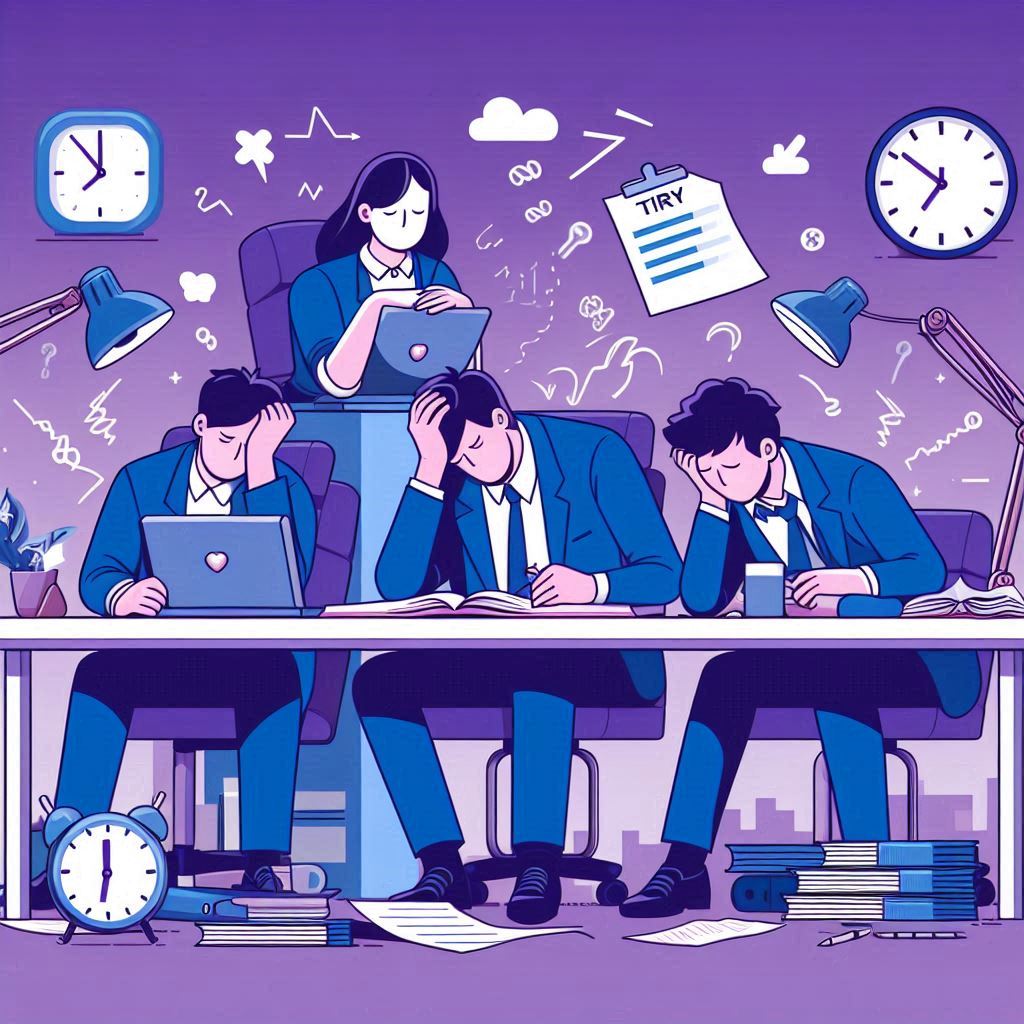Workplace Productivity and Cognitive Load: The Complexity Trap

We all know that employees are bombarded with emails, meetings, notifications, and endless to-do lists. What feels like “getting things done” often masks a deeper problem: cognitive overload. Cognitive Load Theory, a cornerstone of cognitive psychology, reveals that our brains have a finite capacity for processing information. When we exceed that limit, productivity plummets, errors multiply, and burnout looms.
“Complexity kills. It sucks the life out of developers, it makes products difficult to plan, build and test, it introduces security challenges, and it causes end-user and administrator frustration.”
— Ray Ozzie
The Science of Cognitive Load
John Sweller’s Cognitive Load Theory divides mental effort into three types:
Intrinsic Load: The inherent difficulty of a task. Learning a new software system? That’s high intrinsic load.
Extraneous Load: The unnecessary clutter—poorly designed processes, constant interruptions, or confusing instructions—that makes work harder than it needs to be.
Germane Load: The productive effort that leads to learning and problem-solving. This is the load you want to maximize.
When extraneous load dominates, even the smartest teams start to stumble. A 2010 University of North Carolina study found that digital overload sharply reduced productivity, especially for tech-dependent workers. Recent surveys show 79% of employees can’t focus for an hour without distraction, with most losing focus in just 30 minutes.
Complexity: The Silent Productivity Killer
The modern workplace often confuses activity with achievement. Endless notifications, meetings, and multitasking create a fog of complexity that suffocates deep work.
“Where your attention goes, your time goes.”
— Idowu Koyenikan
As Forbes notes, measuring and managing cognitive load is fast becoming a make-or-break metric for business success. Companies that ignore this risk falling behind as employees burn out and disengage.
How to Combat Cognitive Overload
Streamline Communication: Cut down on unnecessary emails and meetings. Use clear, concise messaging.
Optimize Task Management: Prioritize tasks, delegate effectively, and avoid multitasking traps.
Design Better Processes: Remove redundant steps and simplify workflows to reduce extraneous load.
Encourage Breaks and Focus: Shorter workweeks, flexible hours, and regular breaks help restore mental clarity.
Invest in Training: Well-structured learning reduces intrinsic load and boosts germane load, making knowledge stick.
“Efficiency is doing things right. Effectiveness is doing the right things.”
— Peter Drucker
The Path Forward
Cognitive overload is not just an individual problem—it’s a systemic challenge. Forward-thinking leaders must design workplaces that respect mental bandwidth, champion clarity, and value focus over frenzy. As Ray Ozzie warned, “Complexity kills.” The winners in tomorrow’s economy will be those who make simplicity a competitive advantage.
In a world obsessed with doing more, true productivity lies in doing less—better.
References
https://www.forbes.com/councils/forbesbusinessdevelopmentcouncil/2020/06/30/why-cognitive-load-could-be-the-most-important-employee-experience-metric-in-the-next-10-years/
https://www.forbes.com/councils/forbesbusinesscouncil/2023/10/10/cracking-the-code-measuring-cognitive-load-in-high-performance-organizations/









